The rapid advancements in distributed ledger technology (DLT) are transforming the way we manage digital identities. One of the most intriguing developments in this space is the concept of distributed identity, which has the potential to revolutionize how individuals and organizations control and manage their online identities. In this article, we will delve into the world of distributed identity, examining its historical evolution, current state, practical applications, and future implications.
Understanding Distributed Identity and its Origins
The concept of distributed identity can be traced back to the development of blockchain technology, the underlying technology behind cryptocurrencies such as Bitcoin. Blockchain, a type of DLT, is a decentralized and distributed digital ledger that records transactions across multiple computers. This technology paved the way for the creation of self-sovereign identities, where individuals have full control over their personal data and digital identities without the need for intermediaries such as governments or corporations.
Over the years, significant advancements have been made in the realm of distributed identity, with the introduction of protocols such as Decentralized Identity Foundation (DIF) and the World Wide Web Consortium’s (W3C) Verifiable Credentials. These initiatives have set the stage for the widespread adoption of self-sovereign identities and the development of decentralized identity management systems.
The Advantages and Practical Applications of Distributed Identity
Distributed identity offers a myriad of advantages, including enhanced privacy, security, and data control. With self-sovereign identities, individuals can securely manage their personal information, selectively disclose it to third parties, and protect themselves from identity theft and fraud. Furthermore, distributed identity has the potential to streamline identity verification processes, reducing reliance on centralized identity providers and enhancing user convenience.
In practical terms, distributed identity can be applied across various sectors, including finance, healthcare, government services, and supply chain management. For example, in the financial sector, self-sovereign identities can facilitate seamless and secure onboarding processes for customers, while in healthcare, it can enable patients to securely access and share their medical records with healthcare providers.
The Challenges and Future Implications of Distributed Identity
Despite its numerous advantages, distributed identity also presents a set of challenges, including interoperability, scalability, and legal frameworks for identity management. Additionally, the widespread adoption of distributed identity will require significant shifts in infrastructure, standards, and user behavior, presenting both technical and social hurdles.
Looking ahead, the potential of distributed identity is immense. As blockchain and DLT continue to mature, the integration of self-sovereign identities into everyday life is becoming increasingly feasible. Moreover, the combination of distributed identity with other emerging technologies such as artificial intelligence and the internet of things will open up new possibilities for identity management and authentication.
Frequently Asked Questions
1. What is the difference between distributed identity and traditional identity management?
Traditional identity management systems are typically centralized, with personal data and identity credentials stored and verified by third-party entities. In contrast, distributed identity systems are decentralized and give individuals control over their personal information, allowing for selective disclosure and enhanced privacy.
2. How can distributed identity benefit businesses and organizations?
Distributed identity can streamline identity verification processes, reduce the risk of data breaches, and enhance customer trust. Businesses and organizations can leverage self-sovereign identities to improve user experience and security while reducing compliance costs associated with identity management.
3. What are the potential risks associated with distributed identity?
The main risks associated with distributed identity include interoperability challenges, scalability issues, and regulatory compliance. Additionally, there is a need to address social and ethical implications related to the widespread adoption of self-sovereign identities.
4. How can individuals start using distributed identity?
Individuals can begin using distributed identity solutions by exploring decentralized identity platforms and wallets, such as those based on the W3C Verifiable Credentials standard. These platforms allow users to create and manage their self-sovereign identities and interact with decentralized applications that support distributed identity.
Conclusion
In conclusion, the potential of distributed identity to reshape the way we manage our digital identities is becoming increasingly apparent. As blockchain and DLT technologies continue to evolve, the integration of self-sovereign identities into various facets of our lives will bring about significant improvements in privacy, security, and user control. While challenges remain, the future of distributed identity holds tremendous promise, offering a new paradigm for identity management in the digital age.
More in this category ...
Ripple companions with SBI Group and HashKey DX for XRPL answers in Japan
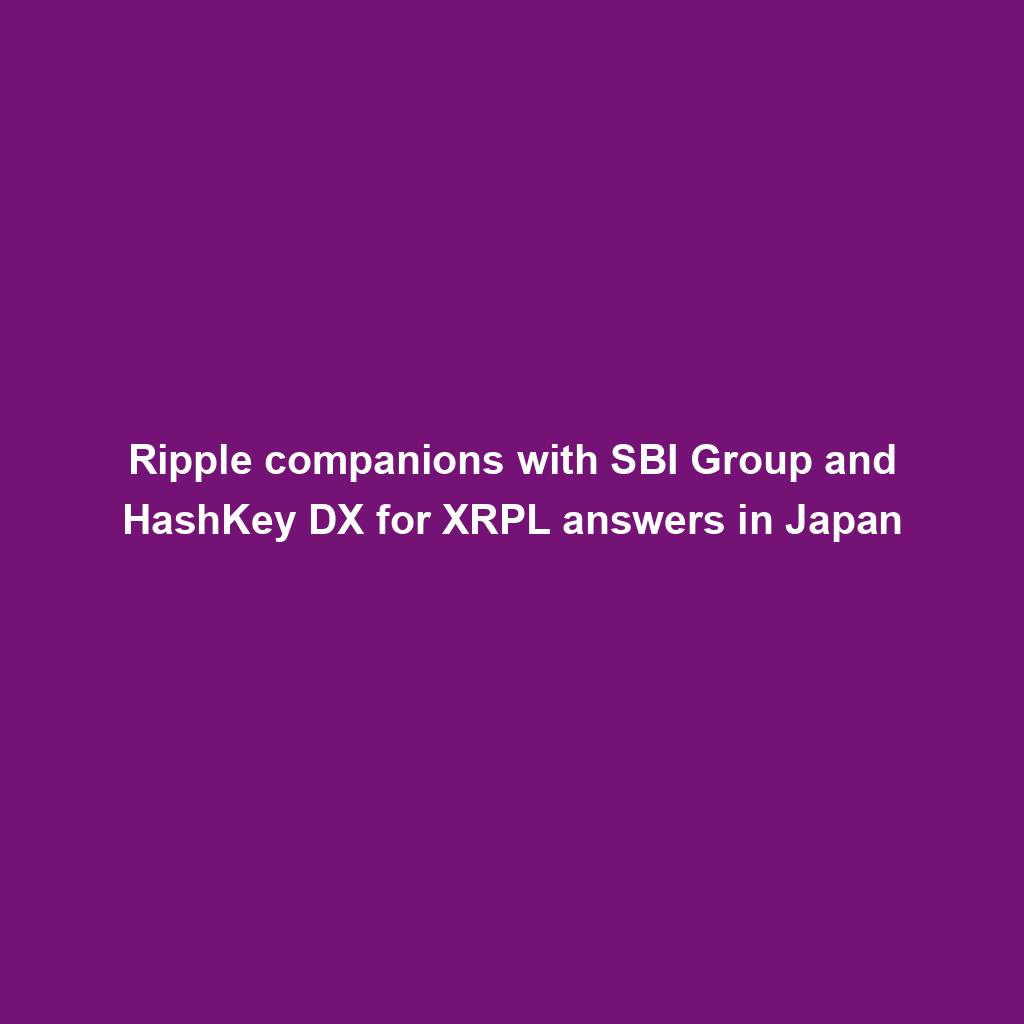
April sees $25M in exploits and scams, marking historic low ― Certik

MSTR, COIN, RIOT and different crypto shares down as Bitcoin dips
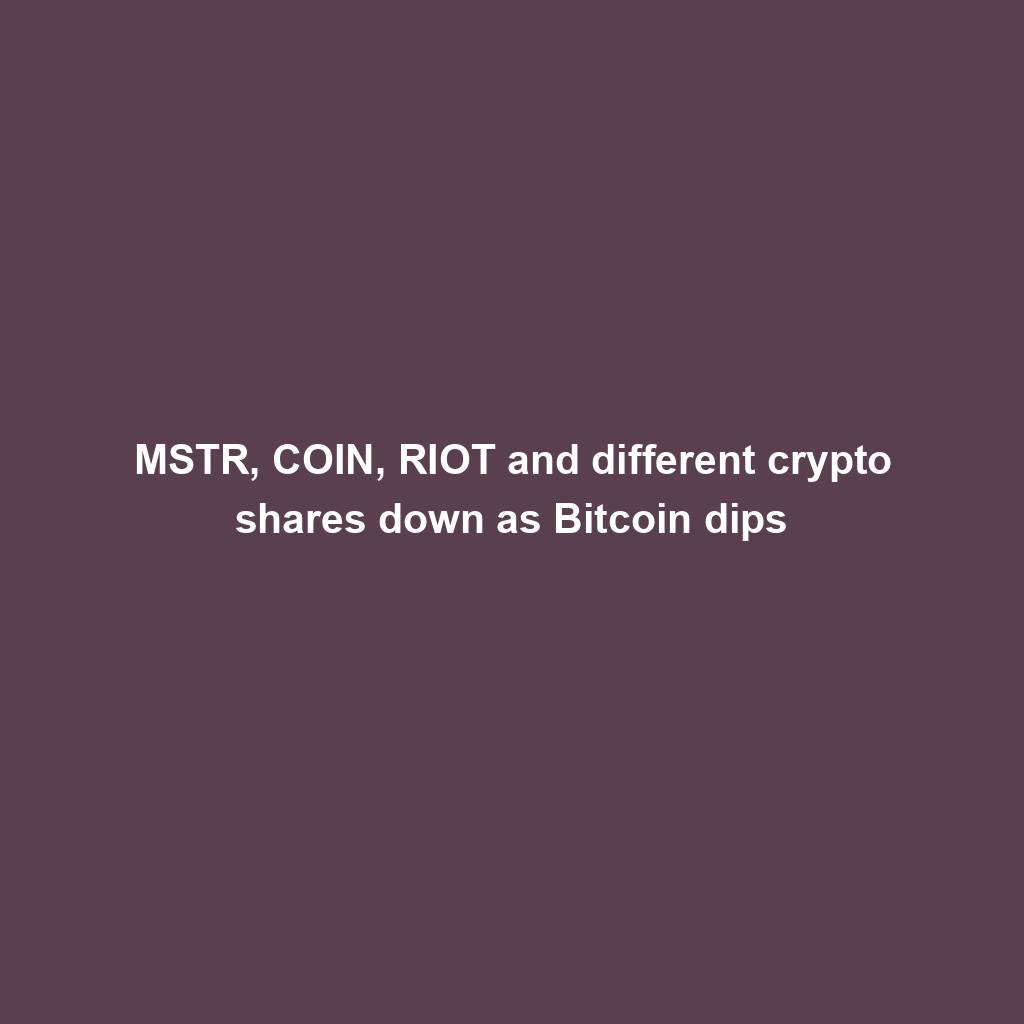
EigenLayer publicizes token release and airdrop for the group
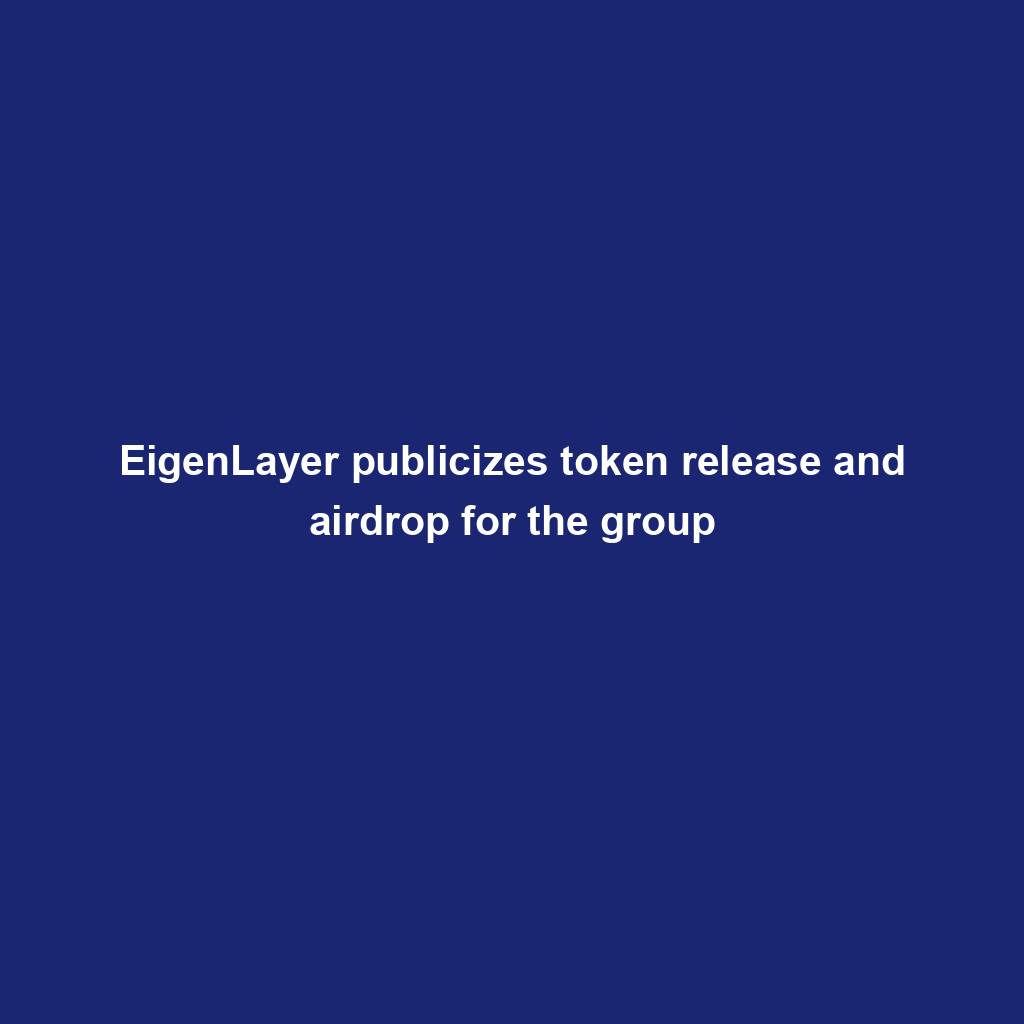
VeloxCon 2024: Innovation in knowledge control

Successful Beta Service release of SOMESING, ‘My Hand-Carry Studio Karaoke App’

Dogwifhat (WIF) large pump on Bybit after record reasons marketplace frenzy
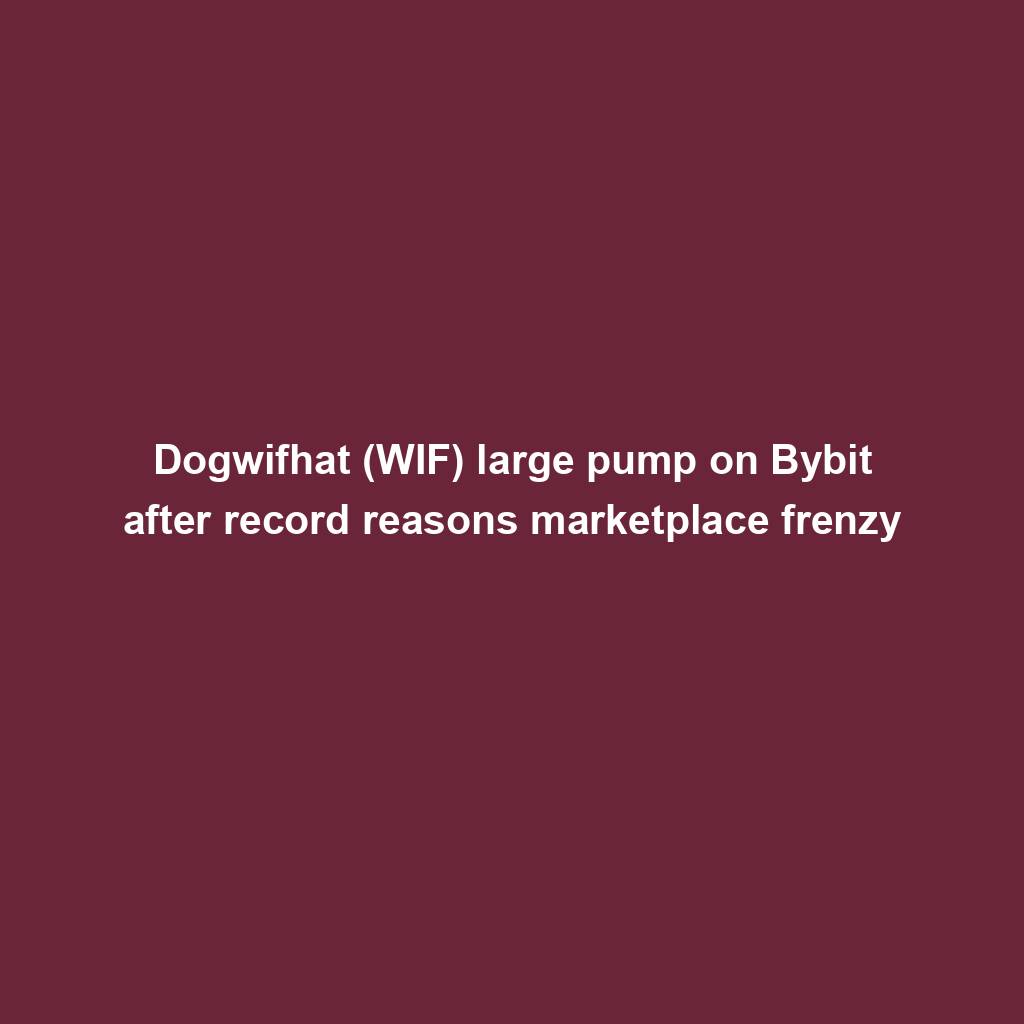
How fintech innovation is riding virtual transformation for communities around the globe
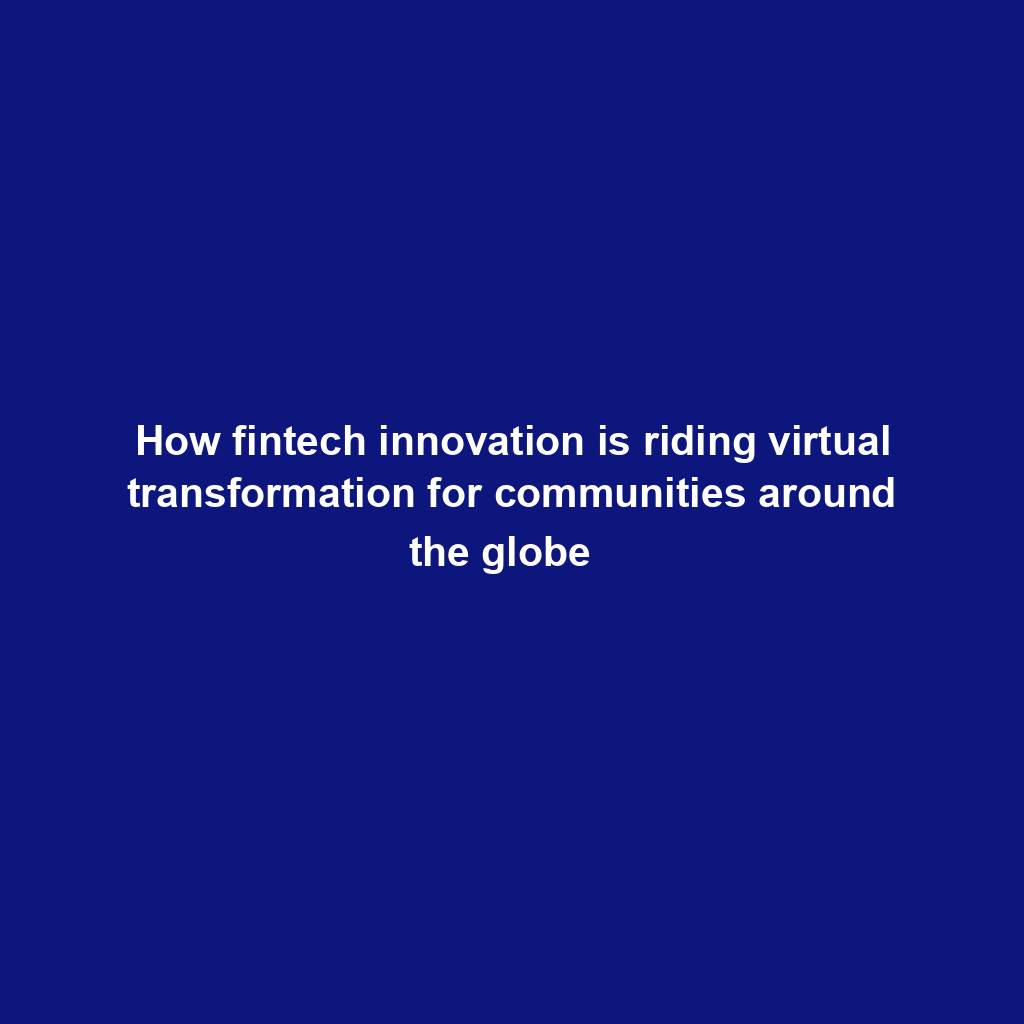
Wasabi Wallet developer bars U.S. customers amidst regulatory considerations

Analyst Foresees Peak In Late 2025

Solo Bitcoin miner wins the three.125 BTC lottery, fixing legitimate block

Ace Exchange Suspects Should Get 20-Year Prison Sentences: Prosecutors

Google Cloud's Web3 portal release sparks debate in crypto trade

Bitcoin Primed For $77,000 Surge

Bitbot’s twelfth presale level nears its finish after elevating $2.87 million

PANDA and MEW bullish momentum cool off: traders shift to new altcoin

Commerce technique: Ecommerce is useless, lengthy are living ecommerce

Republic First Bank closed by way of US regulators — crypto neighborhood reacts
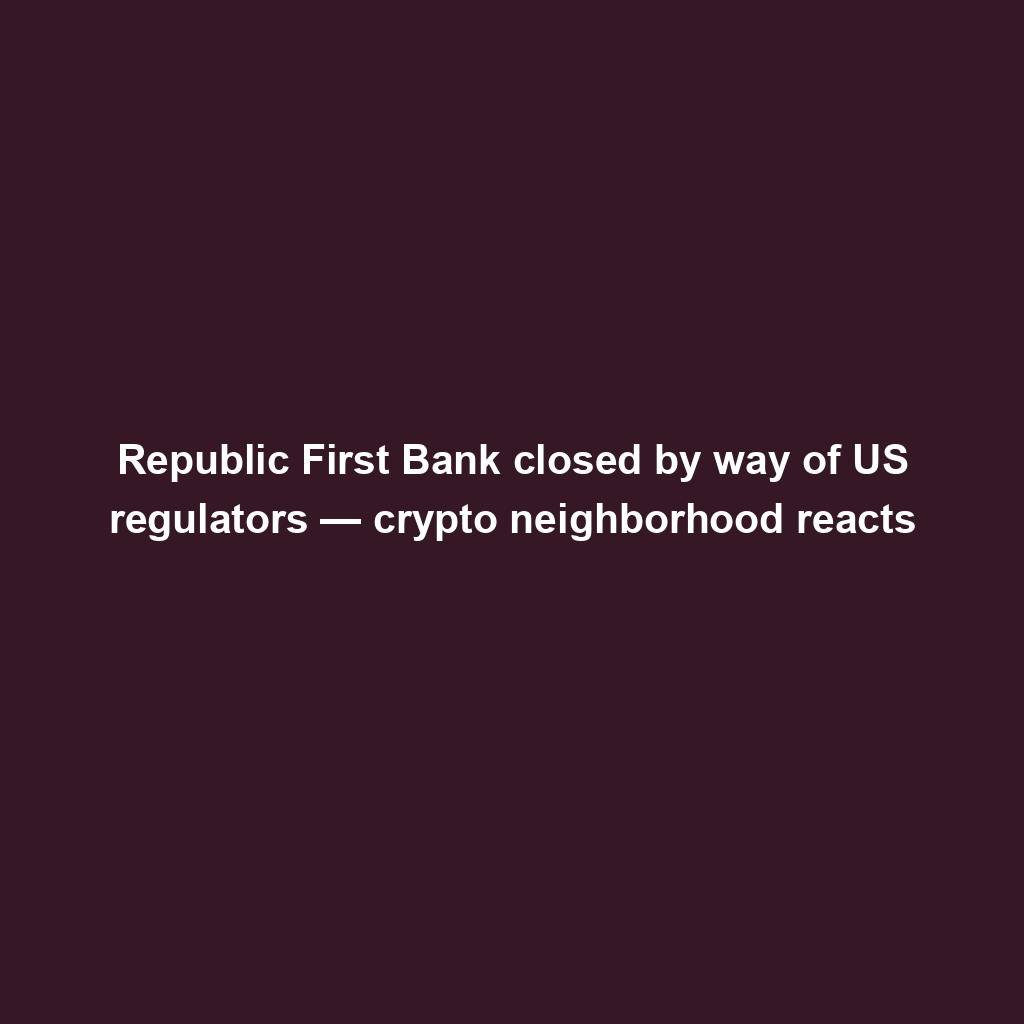
China’s former CBDC leader is beneath executive investigation

Bigger isn’t all the time higher: How hybrid Computational Intelligence development permits smaller language fashions
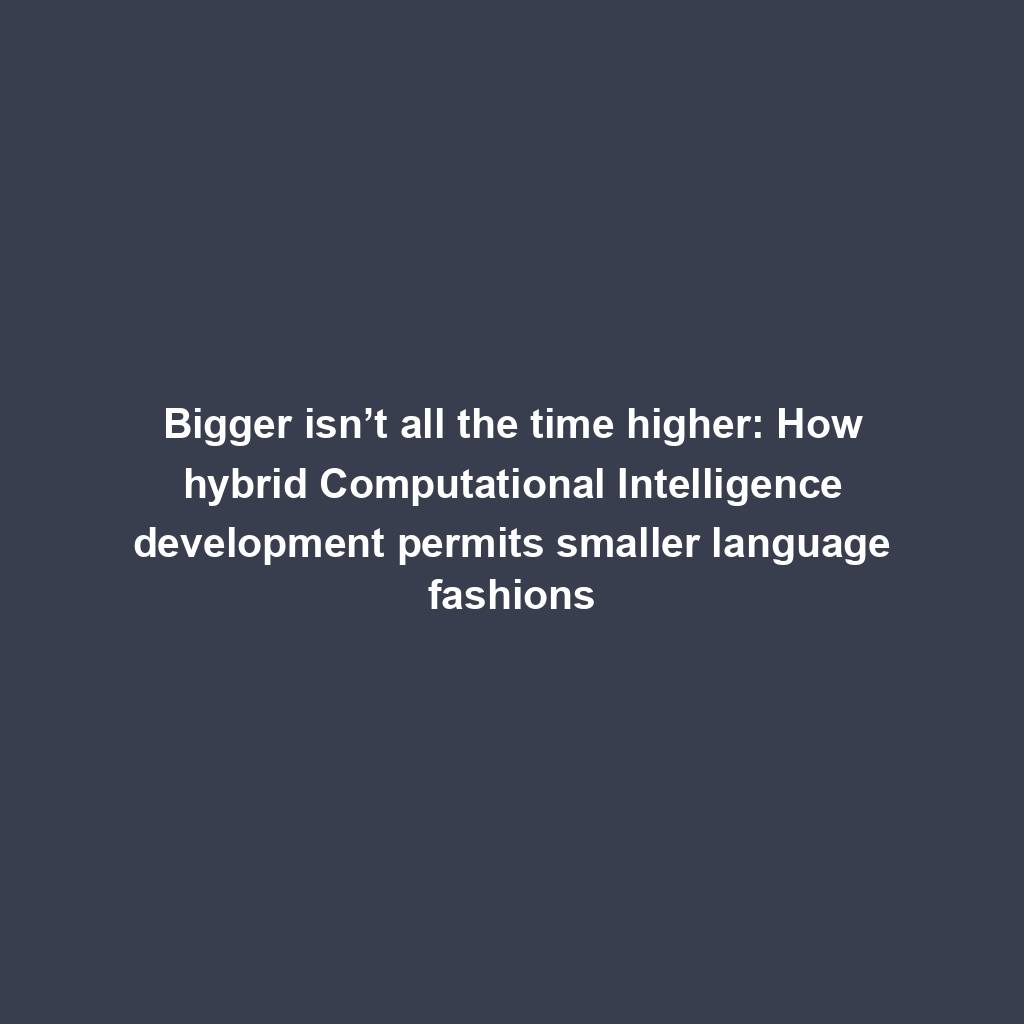
Pantera Capital buys extra Solana (SOL) from FTX

Successful Beta Service release of SOMESING, ‘My Hand-Carry Studio Karaoke App’

SEC sues Bitcoin miner Geosyn Mining for fraud; Bitbot presale nears $3M

Business procedure reengineering (BPR) examples

85% Of Altcoins In “Opportunity Zone,” Santiment Reveals

Sam Altman’s Worldcoin eyeing PayPal and OpenAI partnerships
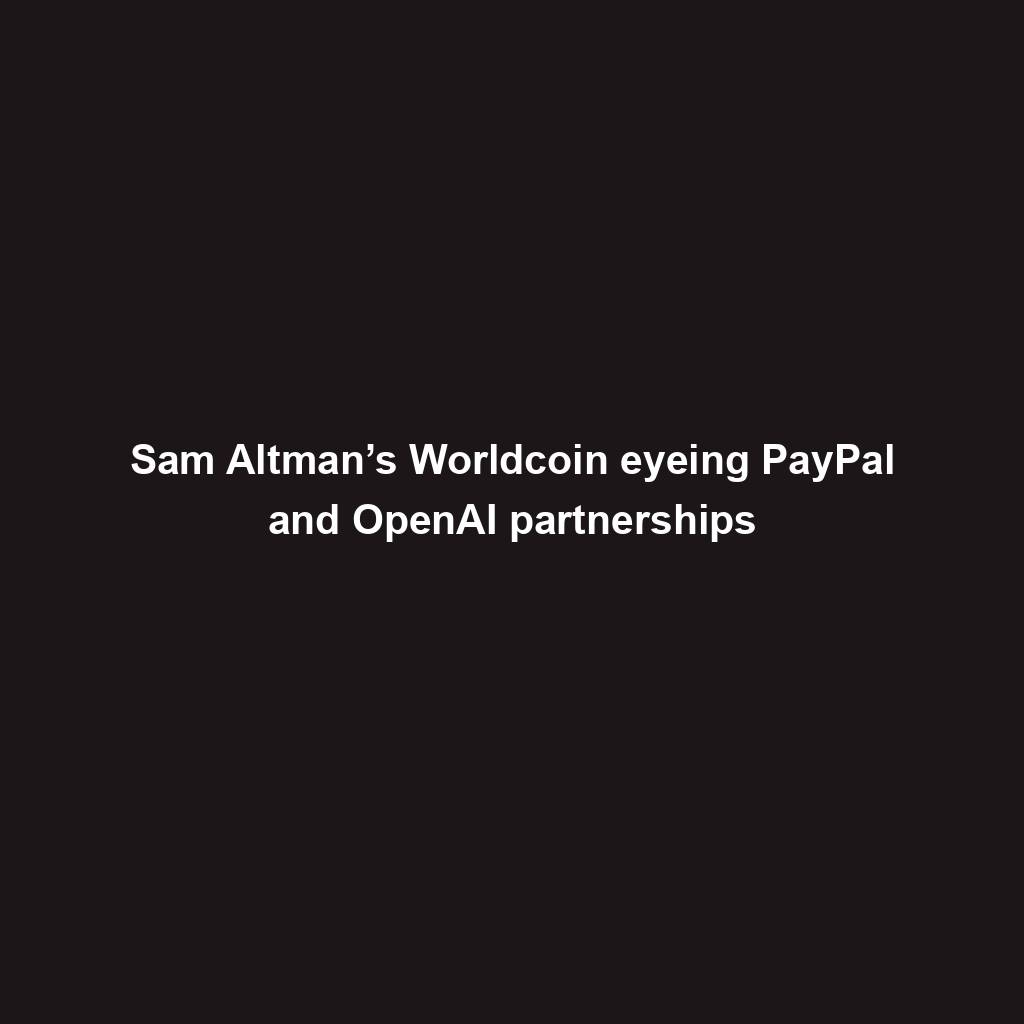
Artificial Intelligence transforms the IT strengthen enjoy
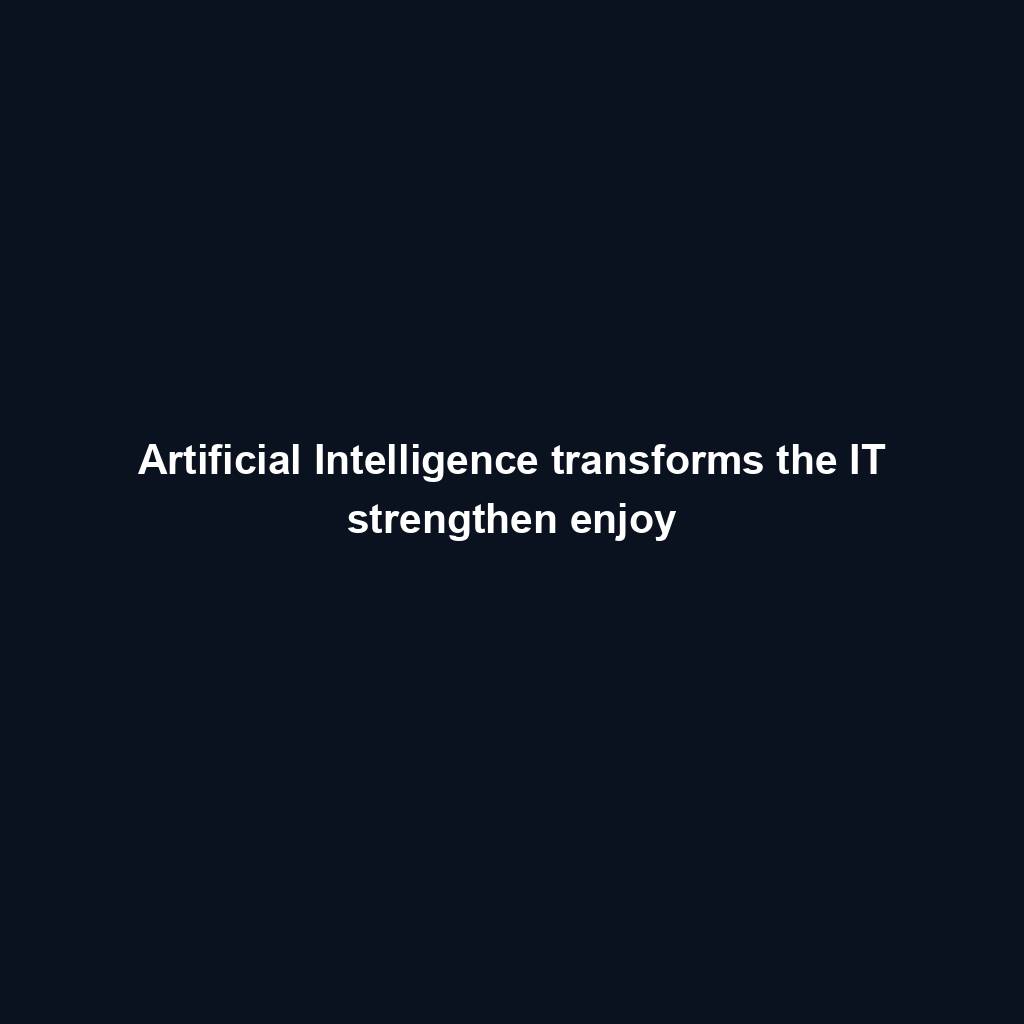
Franklin Templeton tokenizes $380M fund on Polygon and Stellar for P2P transfers

Meta’s letting Xbox, Lenovo, and Asus construct new Quest metaverse {hardware}

Shiba Inu (SHIB) unveils bold Shibarium plans as Kangamoon steals the display
